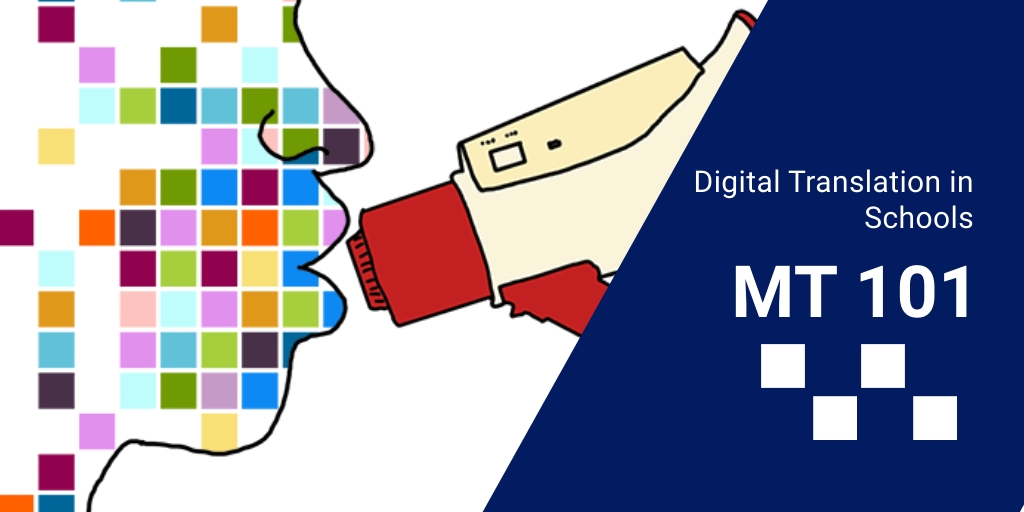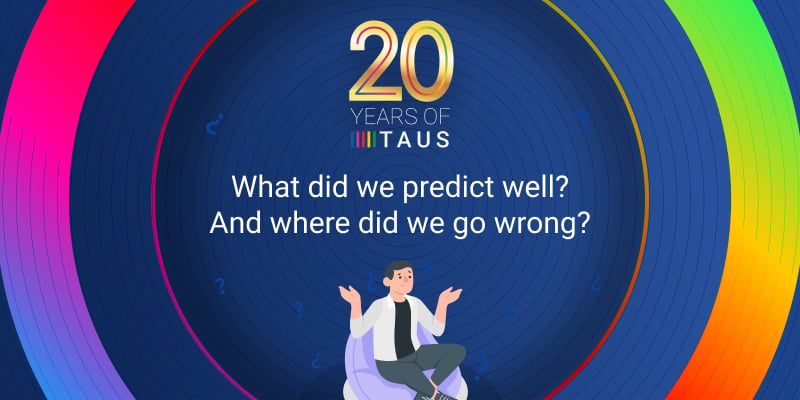MT 101: Three Reasons for Exploring Digital Translation in School

Technology has caused translation to become more digital and artificially intelligent than ever. But is this also reflected in translation education? Here we are listing three reasons why it should be.
Maybe it’s time for secondary school students to learn more about what machine translation is all about as part of their general education! No, not a whole course on the technical background and workings of MT; the focus should be on exploratory, even playful learning about a technology that will soon be as natural to them as game-playing or video-editing on smartphones. Here are three reasons why a short MT101 course could be useful for early teens learning foreign languages.
1. Tech is now an integral part of our language experienceToday we encourage language immersion rather than translation in the language classroom, even though translation is still used as a test of understanding, vocabulary acquisition, and so on. Yet most school students are only going to study two or three foreign languages at the most. They experience the internet, however, as a vast echo-chamber of multiple languages, unlike anything they encounter at school. Plus lots of different MT services.
Their most pressing need, therefore, is to benefit from translation into their own language as a natural part of their digital experience of accessing knowledge. So why not introduce them to some of the ways in which automatic translation works? A smart language teacher should be able to build a very short course on the whats, hows and whys of MT and explore with students how to use the service intelligently. In other words, add value to their experience of automatic translation, rather than dismissing it as dangerous or dumb, or just ignoring it.
Ways of enriching their experience could include playing games using serial translation loops and indulging in other tricks to tame the mechanical beast. And why not invite a human translator to the class to do the explaining? The main purpose should be to encourage students to see how digital translation can be part of their personal playbook once it’s understood and used properly.
2. Translation machines help understand ethical issues
This curious fact about how translation works could be the starting point for a class discussion on the difference between content bias and translation accuracy. What is the exact status of a translation in a world of instantaneous copying? What sort of responsibility should translators or machines have? What is the essential distinction between a machine creating a translation and a human? And how could we correct automatic yet inaccurate versions of knowledge which are neither fake nor ethically biased due to machine processes?
Let’s not get too deep, though! The main focus should be on MT as an enabling technology for everyone. And it could above all be used in classes as a tool to learn how people in other languages and geographies think about major techno-social issues such as climate change or inclusiveness.
3. Next-generation innovators need inspiration
Hopefully, this kind of class work could open up new avenues for us all. Today’s translate innovations will either go mainstream or disappear. It will be up to the next generation to explore new ways of harnessing or even transcending machine learning to improve and extend MT’s potential. We already need more technical talent to meet the future needs of the translation industry. So guided play with language tools in the classroom might be a good way to stimulate young minds to start dreaming up the next generation of solutions.
Activities such as picking apart the successes and failures of small MT experiences, reflecting even naively on how to improve some aspect of the process, or working in groups to hack a mini-solution could all lead to innovative ideas. Sure, the universe of digital translate has grown enormously in recent years, but we still have a long way to go before all relevant languages reach some sort of technological parity. Generation Z++ or whatever we call them could open up new pathways if we give them a helping hand.
The aim, then, is to change the narrative about MT for young people. Instead of using it as a simple if unreliable digital cheat sheet, school kids (in theory focused on learning) should come to understand MT as a useful tool, worthy of conditional trust. Just as they have to learn to read literature and operate online critically (Do I agree? Is that correct? Should I check? What do others think?), so kids will need to achieve “machine translation literacy” as a model for all “transformative” technologies (i.e. those that transform content in some way on its path to the consumer).
This new year is a perfect time (think 2020 vision) for translation/MT companies to set up experimental learning partnerships with a local (or even remote, other-language) school to help youngsters explore MT. And why not launch an MT hackathon or two with language class whiz-kids and see whether they’ve “got it”!

Long-time European language technology journalist, consultant, analyst and adviser.
 by Dace Dzeguze
by Dace Dzeguze


